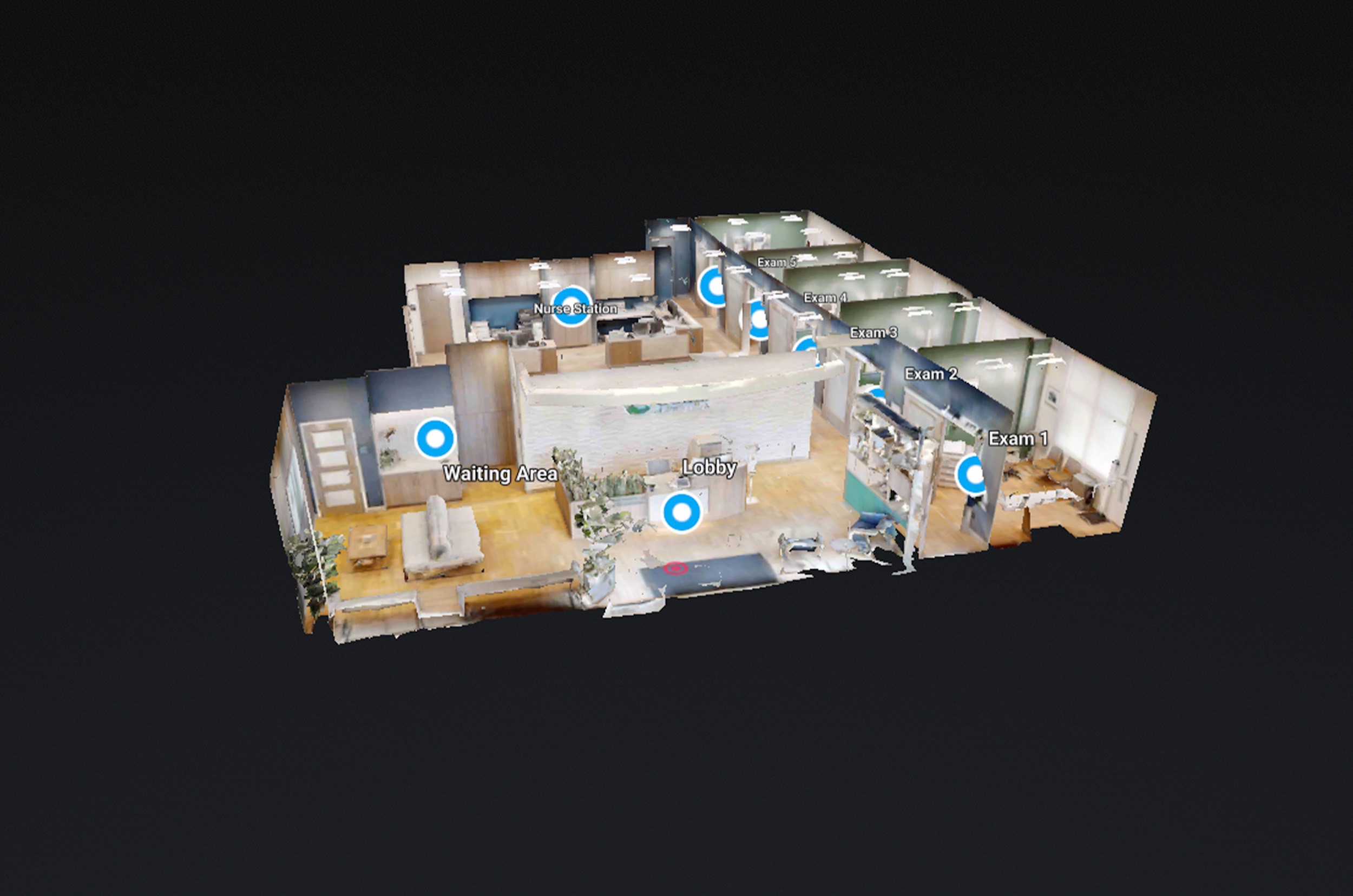As an architect, it’s crucial to be able to showcase your work to potential clients and investors effectively. One way to do this is through 360 virtual tours, which allow viewers to experience a space as if they were physically present. This technology has revolutionized the way architects present their designs, providing numerous advantages over traditional methods. In this article, we’ll explore some of the benefits of using 360 virtual tours as an architect.
- Improved Visualization and Understanding of the Design
360 virtual tours provide an immersive experience that allows viewers to understand the design in a more realistic and interactive way. Instead of relying on flat images or two-dimensional drawings, 360 virtual tours allow viewers to navigate and experience the space from different angles and perspectives. This can help clients and investors better visualize the design and understand its features and functionality, leading to a more informed decision-making process.
- Enhanced Communication and Collaboration
360 virtual tours also facilitate communication and collaboration between architects, clients, and other stakeholders. With this technology, architects can share their designs with clients and investors worldwide, eliminating the need for physical travel and reducing costs. Clients can provide feedback in real-time, and architects can make changes to the design on the spot, leading to a more streamlined and efficient design process.
- Increased Marketing and Sales Opportunities
360 virtual tours can also help architects market their work and attract more clients and investors. With this technology, architects can showcase their designs in a more engaging and interactive way, which can be a powerful tool for attracting attention and generating interest. Virtual tours can be shared on social media, websites, and other marketing channels, reaching a broader audience and increasing the chances of securing new business.
- Time and Cost Savings
Using 360 virtual tours can also help architects save time and costs in the design process. With this technology, architects can identify design flaws or issues early in the process, avoiding costly rework or redesigns. Clients can also provide feedback early on, preventing costly changes or revisions later in the project. Additionally, virtual tours eliminate the need for physical models or prototypes, reducing material costs and saving time in the production process.
- Better Sustainability and Accessibility
Finally, 360 virtual tours can also help architects promote sustainability and accessibility in their designs. With this technology, architects can showcase eco-friendly features or accessibility features, such as ramps or elevators, in a more engaging and interactive way. This can help clients and investors better understand the benefits of sustainable and accessible design, leading to more demand for these features in future projects.
Conclusion
Using 360 virtual tours as an architect offers numerous advantages over traditional methods of design presentation. With this technology, architects can improve visualization, enhance communication and collaboration, increase marketing and sales opportunities, save time and costs, and promote sustainability and accessibility. As virtual tour technology continues to advance, architects can expect to see even more benefits in the future. By embracing this technology, architects can elevate their designs and take their businesses to new heights.







